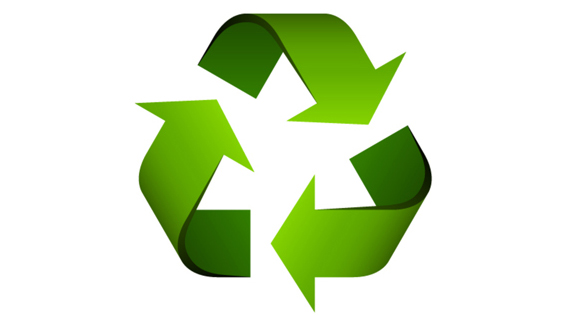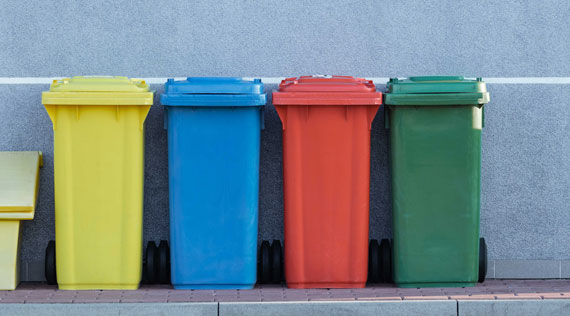In water-starved California, artificial turf is an environmental necessity, reducing the need for irrigation, mowing, pesticides and fertilizers. Last month, Gov. Gavin Newsom signed legislation incentivizing lawn owners to make the switch as local governments across the state offer rebates that help make synthetic turf more affordable.
While those programs are great for protecting California’s scarce natural resources, they do nothing for landscapers and sports venues looking to dispose of artificial grass worn out by years of heavy use. A new private-sector recycling partnership could be a path forward, but the state’s shortsighted policies prevent greater adoption.
Turf from sports and recreational fields is often repurposed in secondary markets like batting cages or residential landscaping. But at the end of its life, it’s just waste. Traditional recycling methods are not effective with first- and second-generation artificial turf since it’s comprised of yarn and backing materials that are not made of a single polymer. As a result, it ends up in landfills.
A leading supplier of synthetic turf for sports and landscape recently announced a first-of-its-kind partnership to keep artificial turf from ending up in landfills. The initiative by TenCate Grass will recycle 50 end-of-life artificial turf fields from high schools and college campuses in California, including Stanford University.
Each artificial turf will be delivered to Cyclyx International in Texas, which specializes in preparing hard-to-recycle plastics for processing. The product then goes to ExxonMobil’s advanced recycling facility in Baytown. The facility has processed millions of pounds of plastic waste, and will soon be among North America’s largest advanced plastic recycling facilities.
California should be home to similar facilities, equipped with the technology to transform a wider range of old plastics like artificial grass back into the basic building blocks of new products. In a state with 63,000 square miles of water-hungry lawns, reclaiming and reusing artificial grass is just common sense.
Unfortunately, rather than expand the technology, a sweeping new law on plastics and recycling includes provisions that discourage advanced recycling by limiting which technologies can count toward so-called circularity goals. Senate Bill 54 is an example of how short-term thinking can halt investments that are good for consumers, good for jobs and good for our environment.
In contrast, at least 20 other states have passed laws to attract new advanced recycling projects, helping spur a wave of innovation that will be vital to meeting the surging demand for products made with recycled material. There are at least seven advanced recycling facilities operating in the U.S., with the potential for billions of dollars in additional investments.
This new interstate partnership will surely demonstrate how effective new advanced recycling solutions can be, and how badly they are needed in California where plastics play a key role in everything from wind turbines and surgical gloves to artificial grass.
Let’s hope lawmakers are paying attention to the unintended consequences of SB 54 and come back to the conversation prepared to make changes that can open doors for a more circular economy, not close them.

